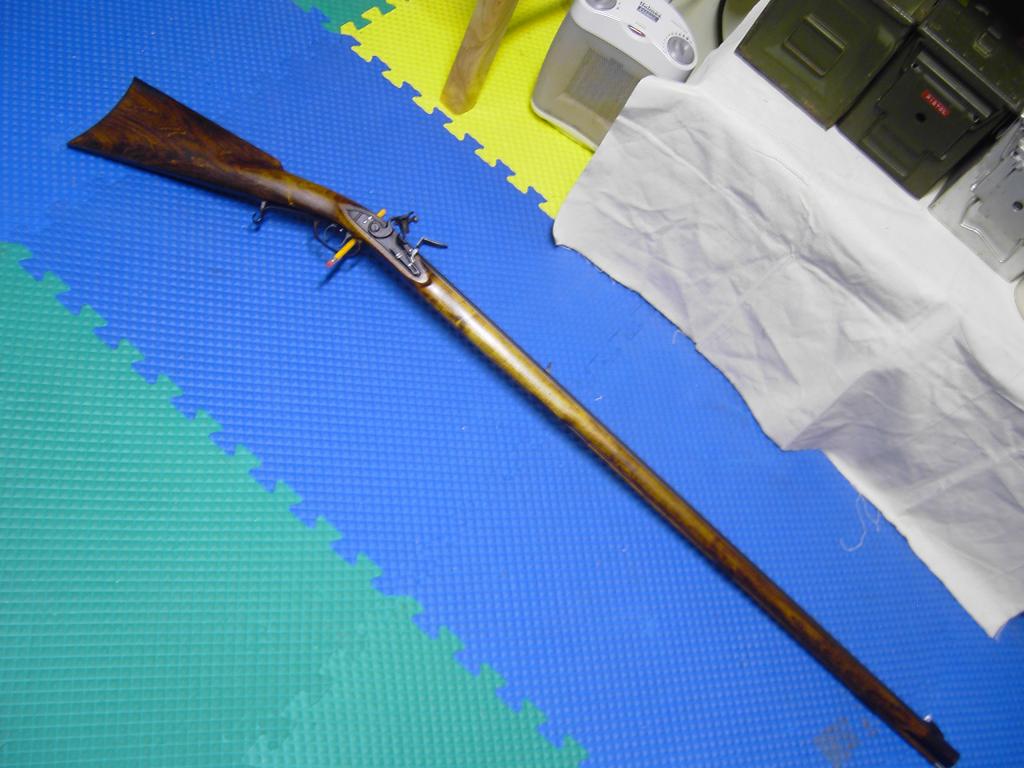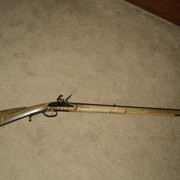I think the terminology chosen by TVM is not inappropriate, but they are using the terms "Southern Mountain Rifle" and "Tennessee Rifle" to catalogue or distinguish two of their own standard patterns. The names are kind of arbitrary. I think the TVM Tennessee rifle may have more drop in the buttstock than their Southern Mountain Rifle. If you are a taller fellow with a longer neck, you might want the rifle with more drop. If you are shorter than average, you would probably want less drop. TVM can cut the stock to your length of pull (LOP) on any of their offerings.
If you specifically want a southern-styled rifle, either one would work. If you want to enjoy it to the maximum extent, ignore the name and get the one that fits you. TVM has created their own "standard" models in response to customer demand, and given them names loosely based on historical examples. I think their "Iron Mounted Pennsylvania" rifle is a nice-looking piece, but probably based on fantasy. The "Early Virginia" rifles offered by TVM and others have been discussed on various forums, and the general consensus is that this is a convenient modern name for a rifle that is only loosely based on actual historical examples. We have gotten pretty good at creating new names for old guns, e.g. "Plains Rifle," "Canoe Gun," etc. I think the current crop of "Early Virginia" and "Southern Mountain" rifles fall in the same category.
Would you buy a new car, based on what the manufacturer called it, or would you be more concerned with its features?
If you want a really authentic rifle, you may need to do some homework and request some custom options. Pay attention to the lock, in particular. You'll want a lock made in an English or US style for a typical southern rifle, and not a Germanic or French or "Golden Age" style. There are authentic, atypical examples out there, but we are talking about what you would normally expect to see.
The bottom line is that you will be best served if you do some research and decide what you want, including custom options (or not), and select a rifle that fits your needs. The name they call it is not important. As the Bard himself once wrote, "A rose by another name would smell as sweet..."
I would recommend that you call TVM directly to discuss the differences between their rifles. Chances are pretty good you'll speak with a remarkably knowledgeable lady who will answer every one of your questions with a wonderful and thoroughly authentic Mississippi accent.
Notchy Bob







